World Fine Art Professionals and their Key-Pieces, 34 – Lisette Huizenga
World Fine Art Professionals and their Key-Pieces, 34 – Lisette Huizenga
Last year, 2014, there stood in the Atrium of The Hague City Hall a cross-shaped pavilion. If you went inside, you found yourself in a limitless space. The floors went on forever, the windows offered views of interesting vistas, the furniture in the pavilion were continued in the images on the wall and even in paintings your horizons expanded.
This is a hallucinatory experience. Lisette Huizenga explained her pavilion. ‘At the Academy of Art, The Hague Royal Academy of Fine Arts, I studied painting but I noticed that I was working more and more on the computer. Everyday I worked on my laptop. I wanted to prove to myself that I could paint digitally; without paint.’
Illusory space
‘My teachers were committed to me. They watched with increasing interest. Some let it pass; it was too far-fetched. But there wasn’t anybody who really stopped me. One of my teachers was Christie van der Haak, she encouraged me a great deal. I graduated in 2009 and I was able to show that with digital media you can paint.
My ‘paintings’ are photography prints. Photography, painting and computer images are integrated into each other and can then be processed into print in all shapes and sizes; sometimes meters high and wide. The visitor is absorbed in a world of ‘real’ and illusory space. It can be considered calming, invigorating or expanding.’
Escher
Initially she started with a print for a wall of a hotel in Scheveningen. The next step was a three-dimensional painting “Caleidoscopia”. Here the painting progresses into the floor, the furniture and the paintings in the house. ‘When people walk in, they are part of the painting.’
You think of Escher when you see her work. Lisette Huizenga: ‘I hear this often. My work is influenced by Escher, but the at art school I didn’t explore his influence. We both have a knack for Math. A subject either works or it doesn’t, it has to be logical. I explore the limits of reality and illusion. That is why I make three-dimensional work.’
The Vito Brothers
You could even consider her work to be four-dimensional. The fourth dimension is time. This dimension is added when music becomes part of a piece. The Vito Brothers added music to her piece. At the opening in Hague City Hall the two musicians – and Lisette with Caleidoscopia – presented themselves as ‘Nieuw Haags Blik’ (a fresh view from The Hague). Lisette: ‘Not only in this project, but future projects, we want to merge art and music by working together’
Huizenga wants to continue with Caleidoscopia. Lisette: ‘Caleidoscopia needs to be introduced to as many people as possible.’ Imaba, a large printing company in Zoetermeer sponsored the project. ‘They produced the walls and the ‘painting’.
Digital Sistine Chapel
In 2012, Huizenga, received a commission for a digital Sistine Chapel in a toilet so that the resident could imagine him/herself in the Cappella Sistena in the Apostolic Palace in Rome. This work was awarded the Golden Toilet Brush Prize 2012 of Delfland. See: http://www.youtube.com/watch?v=v3aoz_c-KrY
http://www.overdekunst.nl/kunstenaars/lisette-huizenga-10.html
http://www.lisettehuizenga.nl/
http://ifthenisnow.nl/nl/verhalen/de-wereld-van-de-haagse-kunstenaar-19-lisette-huizenga
Disclaimer: The views, opinions and positions expressed within this guest article are those of the author Walter van Teeffelen alone and do not represent those of the Marbella Marbella website. The accuracy, completeness and validity of any statements made within this article are not guaranteed. We accept no liability for any errors, omissions or representations. The copyright of this content belongs to Walter van Teeffelen and any liability with regards to infringement of intellectual property rights remains with the author.

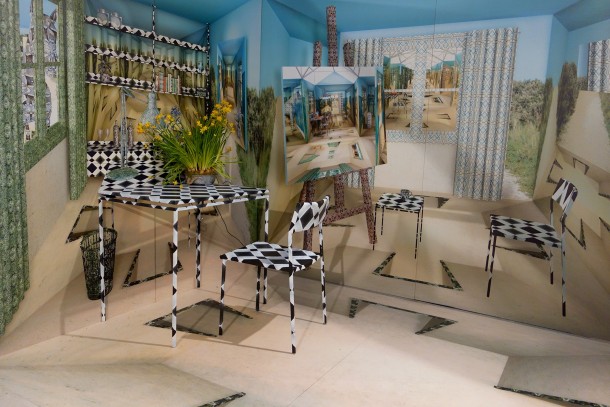
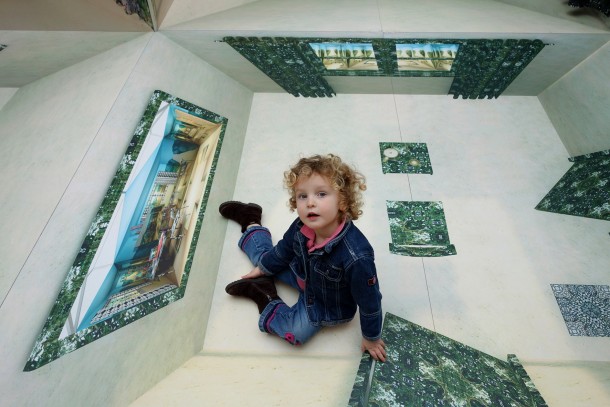
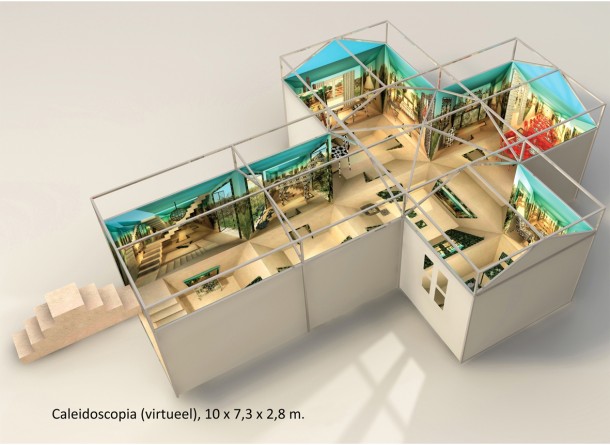
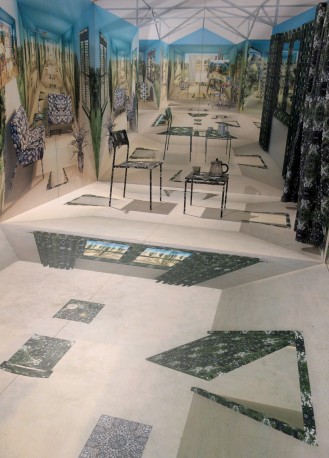

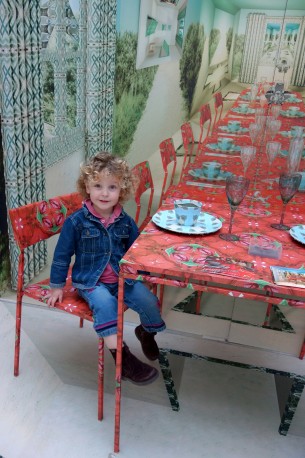
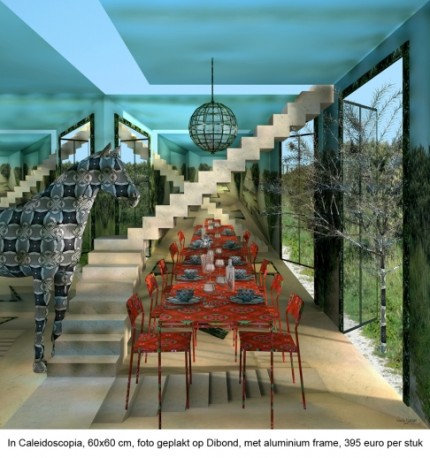
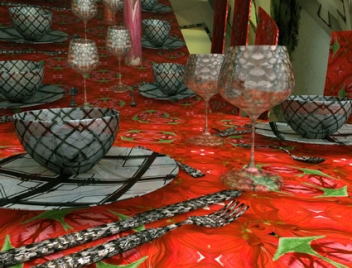
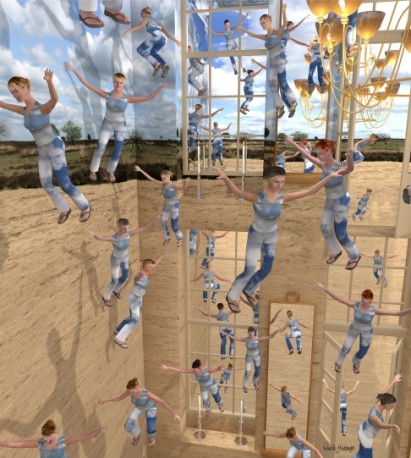
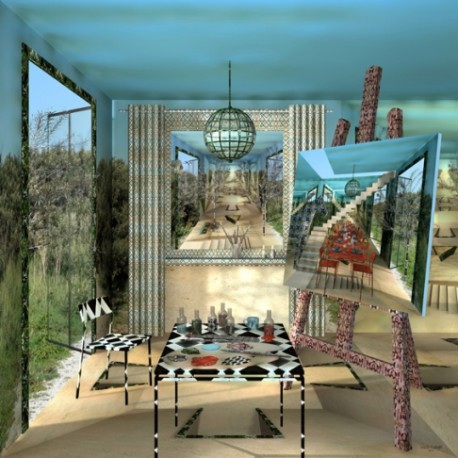














The opinions expressed by individual commentators and contributors do not necessarily constitute this website's position on the particular topic.